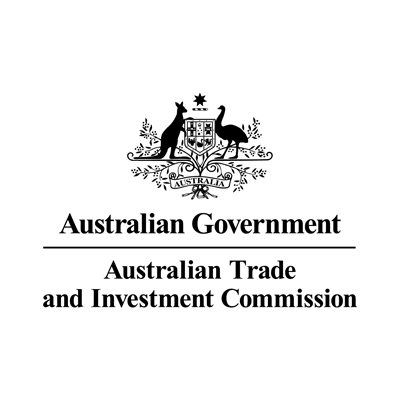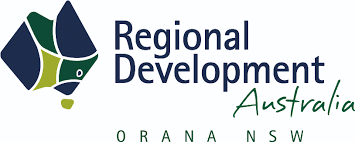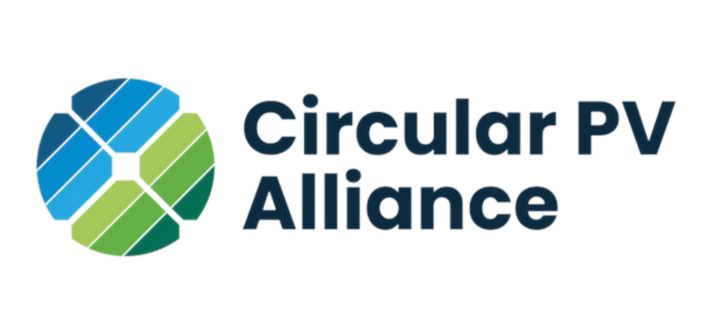ACCC warns of long-term gas challenges despite upcoming east coast surplus
Australia’s east coast gas market is forecast to have a surplus in 2025 and 2026, but structural issues could lead to supply shortages from 2027, according to the Australian Competition and Consumer Commission (ACCC).

The ACCC Gas Inquiry was initiated on 19 April 2017, when the Australian Government directed the Australian Competition and Consumer Commission (ACCC) to conduct a comprehensive investigation into the supply, demand, and pricing of natural gas in Australia.
The latest gas inquiry report, released last week, projects surpluses of 77 to 112 petajoules in 2025 and 54 to 99 petajoules in 2026. This reflects increased gas production in Queensland and the use of gas swap arrangements by LNG producers, which prioritise domestic supply during peak winter demand while meeting export obligations at other times.
“The latest projections for 2025 suggest that the east coast will be in surplus in each quarter next year, including in the winter months when demand for gas is typically at its highest,” ACCC Commissioner Anna Brakey said.
“However, southern states are expected to experience shortfalls during winter, relying on gas transported from Queensland or storage to meet demand peaks.”
About the ACCC Gas Inquiry
Initially set to run for three years, the inquiry has been extended twice and will run until 2030, reflecting the ongoing importance of monitoring gas market dynamics during the energy transition.
The inquiry’s scope includes monitoring the pricing and availability of gas supply offers, assessing volumes of gas for domestic use compared to export, and examining the role of related goods and services such as drilling, processing, and gas transportation.
The ACCC’s gas inquiry remains a key mechanism for understanding and managing Australia’s gas market challenges. By providing regular updates on supply and pricing, it supports industry and policymakers in navigating the complexities of the energy transition. The next inquiry report is due in March 2025.
Seasonal and Long-Term Supply Concerns
While short-term surpluses are anticipated, the ACCC highlights seasonal challenges and longer-term risks. Southern states such as Victoria, New South Wales, and South Australia are projected to face winter shortages despite an overall surplus across the east coast. These regions depend on gas transported from Queensland, which raises logistical and infrastructure concerns.
Looking beyond 2026, the ACCC warns of structural shortfalls due to declining domestic production, regulatory barriers, and high costs deterring investment in new gas projects. Without additional supply or reduced demand, the east coast could face significant challenges in meeting future needs.
The ACCC recommends that governments provide clear policy guidance on the role of gas in the energy transition. To improve long-term planning, the report suggests developing a coordinated gas market system plan similar to the Integrated System Plan for electricity. Such a framework could help guide investment in infrastructure and ensure supply security.
Pricing Trends and Retail Practices
The report also noted easing domestic gas prices. Producer offers for 2025 fell by 2% to $14.77 per gigajoule in the first half of 2024, while retailer prices dropped by 13% to $15.43 per gigajoule. This trend reflects improved domestic availability and lower international gas prices.
However, the ACCC identified issues in the retail market, including short offer validity periods and limited transparency in contract terms. While no systemic pricing problems were found, the ACCC plans to release best practice guidance for retailers in 2025 to improve consumer outcomes and monitor compliance.















